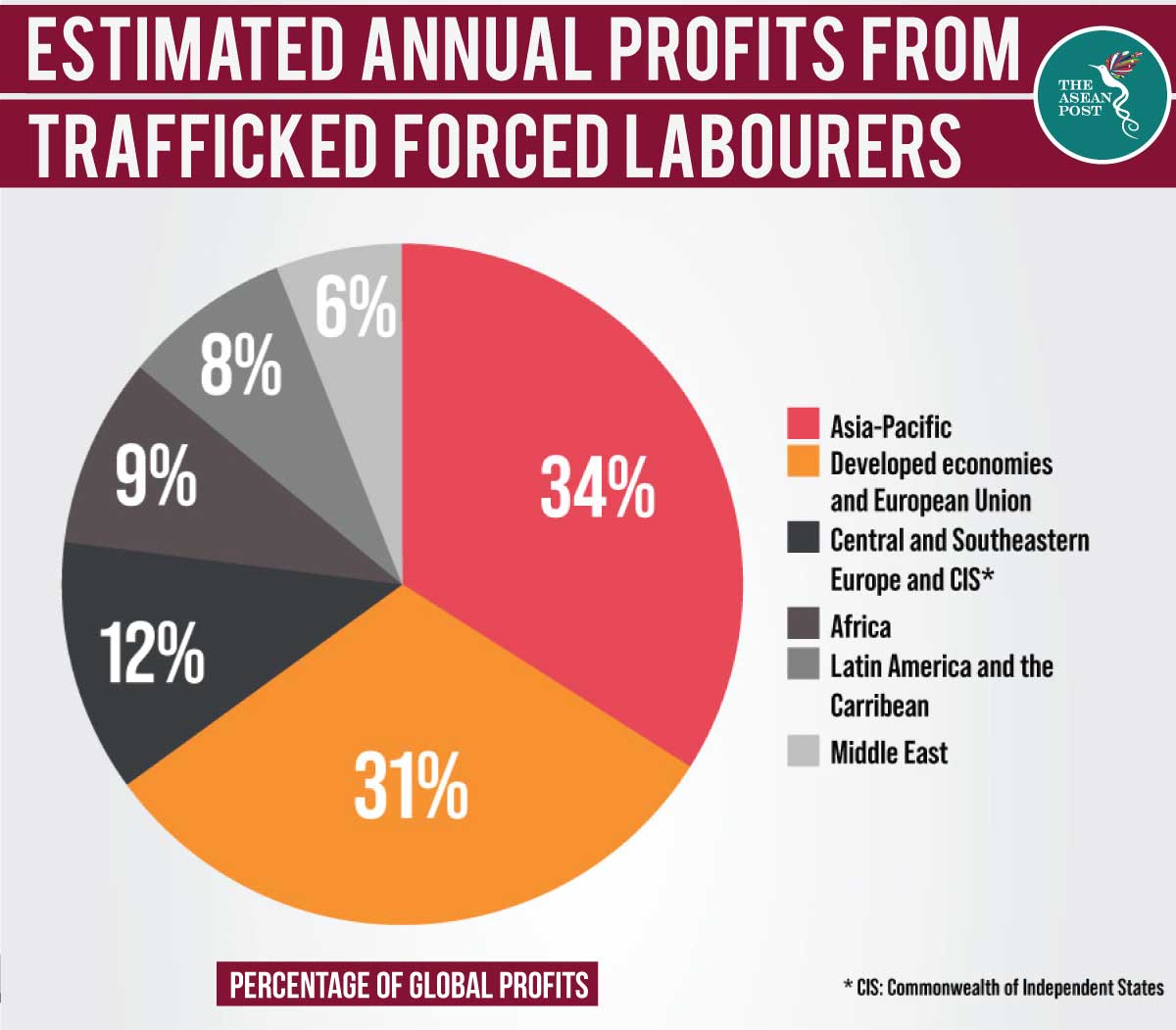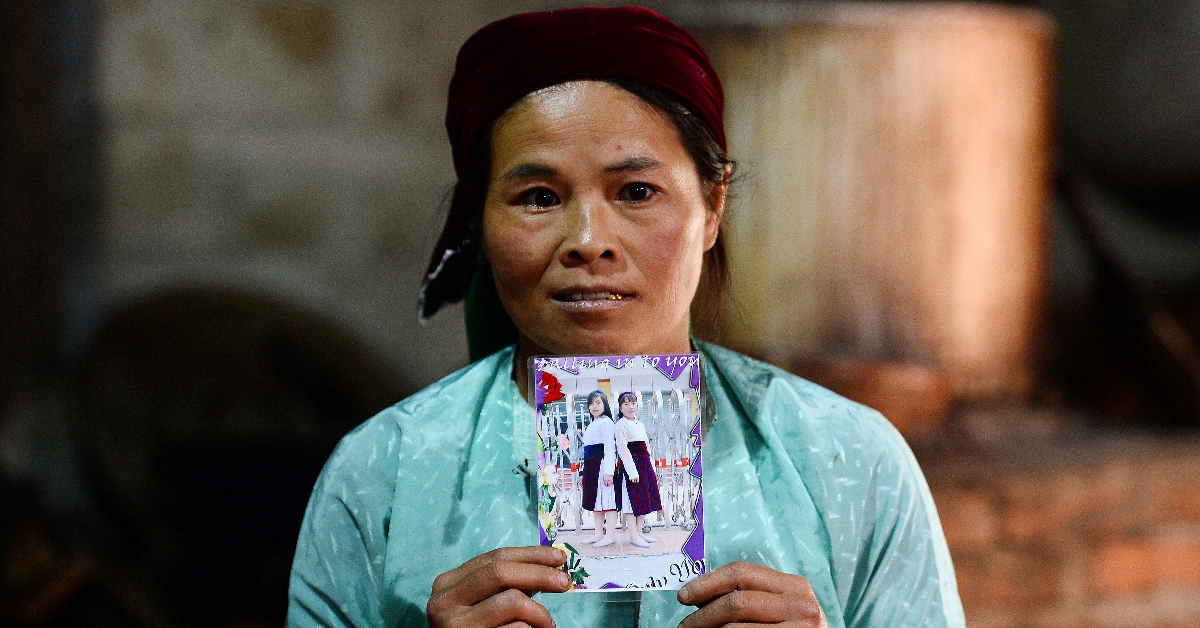Just last week, a National Urgent Response (NUR) alert was circulated in Malaysia informing the public of yet another case of a missing girl, Fulmina Abdul Ghufur. The 11-year-old Myanmar national went missing on 15 February after she went to a shop and did not return home. A NUR alert is used to spread information quickly and as fast as possible to help trace missing children (below 12 years of age) who could be victims of crime or abuse. Unfortunately, the case of missing people – sometimes gone without a trace with no successful lead, is common in Southeast Asia.
According to a report by the Mirror Foundation, an organisation which helps families with missing children, a total of 244 children in Thailand went missing last year, with the number of missing girls 50 percent higher than that of missing boys. Girls are more likely to elope or get kidnapped and trafficked than boys. Official statistics from Vietnam’s Department of General Police show that between 2011 and 2017, there were 2,700 reported cases of human trafficking, involving nearly 6,000 victims mainly from poor families in rural areas.
Actual figures of those who are missing and have been trafficked are difficult to obtain as a number of these cases go unreported.
Migrant workers
The ASEAN Post recently published an article about Indonesia’s abused domestic workers. The country has one of the largest migrant workforces across the globe and many of them are domestic helpers. These workers are not only at risk of abuse abroad – but they could also be trafficked for sinister reasons such as organ harvesting and prostitution. Many girls don’t know that they are being trafficked until they leave their homes in search of a better life.
“Recruiters” would promise domestic jobs in richer ASEAN countries like Singapore to impoverished girls in rural areas, using money and better quality of life as bait. However, it was reported that many of these girls along with the “recruiters” are never seen again. The National Agency for Placement and Protection of Indonesian Workers has counted more than 2,600 cases of dead or missing Indonesian migrants since 2014, but the true number could be much higher.

Among Resi, head of Indonesia’s Counter Trafficking and Labour Migration Unit at the International Organisation for Migration (IOM), said that finding the missing girls is virtually impossible as many of them are possibly trapped in their employers’ homes. Domestic migrant workers are highly vulnerable to abuse because they are typically trafficked without legal immigration paperwork, and this makes them dependent on their employers and traffickers. With no passport and official documentation, these workers could get in trouble with the law should they get captured by local authorities.
Trafficked brides
In China, men outnumber women by 34 million. Compounded by the Confucian preference for a male descendent, the One-Child policy there gave rise to sex-selective abortions, female infanticide and forced sterilisation. This led to a gender disparity in births where 121 boys were born for every 100 girls in 2004. The Chinese Academy of Social Sciences estimates that by 2020 there will be up to 40 million more Chinese men of marrying age compared to Chinese women.
To fill in the gap, girls from neighbouring countries are sold to Chinese men for them to marry and produce offspring. Vietnam and China share a long mountainous and porous border, which has made it easier for traffickers to kidnap girls and move them to China. Traffickers could be anyone – from people disguised as job recruiters and tourists to even the victim’s own relatives in a desperate attempt to get money.
Michael Brosowski, founder of Hanoi-based charity, Blue Dragon Children’s Foundation which rescues Vietnamese trafficking victims, stated that “there’s a lot of money in human trafficking. The people who sell girls can make tens of thousands of dollars on a sale.”
It was reported that in some rural areas of Vietnam, the disappearance of girls has become so prevalent that many villagers would assume that if a girl has been missing for more than a few days, she must already be on the other side of the border.
Many of the girls trafficked in the ‘buy-a-bride’ trade are often lost forever in the most populous country in the world. Out of the 6,000 victims identified by Vietnam’s Department of General Police, only around 600 have returned to Vietnam.
It has also been reported that girls from Lao, Cambodia and Myanmar have been sold off to China as brides or sex slaves in brothels. Tricked, lured or kidnapped – their fate is unknown as they are never heard from again. When it comes to tracking missing girls, Asia is the deepest black hole.
Related articles:
